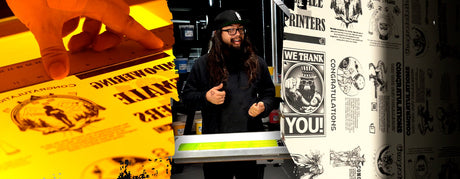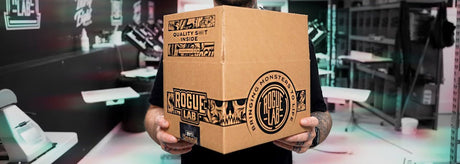
How to Prepare CMYK Art for Poster Screen Printing
Creating stunning CMYK screen printed posters requires more than just beautiful art—it takes precision file prep, an understanding of how ink interacts with paper, and a solid printing strategy. This...












